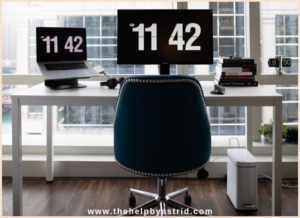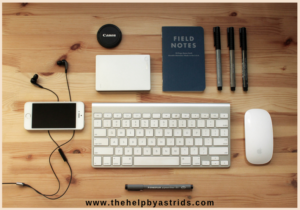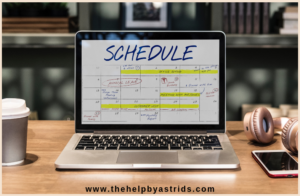
We spend almost 8 hours sitting at a desk at work. It doesn’t help that we all have a tendency to slouch in front of a computer, cradle a phone, or never take movement breaks. Once we’re out of the office, we sit while driving in hour-long traffic. Then we promptly plop ourselves in front of the tv to do more sitting.
Too much sitting can cause back pain, but it can be prevented. Back pains start from poor posture and can be compounded by poor ergonomics. It usually starts in the neck and moves downward through our back until it reaches our lower back. Here are some tips to prevent back pain caused by too much sitting:
Keep your body aligned while sitting and even while standing.
While sitting, make sure you sit up straight. Imagine a line moving straight down the middle bisecting your body. Your left and right side should be perfectly balanced. Align your ears, shoulders, and hips. Watch out for unbalanced postures such as leg crossing, slouching, hunching forward, tilting your head (or cradling your phone), leaning to one side, etc. While standing, make sure that you distribute your weight evenly on your feet. Stand with your feet slightly apart and balanced.
Take movement breaks
We sit too much at a desk, hunched over our computers that we forget to take movement breaks. So get up and move! Go to the copy room to make copies. Walk over to the coffee machine to grab a cup. Take a stroll around the block on your lunch break. Get up from your desk every 45minutes and stretch, stand, or walk.
Use Ergonomic props
Ergonomic items (meaning items that relate to or are designed for efficiency and comfort in the working environment) can take the load off your spine and prevent bad back pains. When you can find them, use them. If you don’t have an ergonomic chair at the office, ask for one, invest in one or buy a portable lumbar back support. Buy a footrest. Get bags or purses designed to distribute weight and minimize back strain. Position your computer screen properly so you don’t have to hunch over it and strain your neck. Use monitor risers so that your eyes rest on the screen in a normal position.
Exercise to promote good posture
Some exercises that promote good posture are: walking, swimming, and cycling. These exercises naturally demand that you have the correct posture and form in order to execute the exercises properly. These exercises are also gentle on the knees and great for beginners or those who are starting a new exercise regime coming from zero activity or a sedentary lifestyle.
Tell us your tips to reduce back pains. Share them with us in the comments. Stay humble and hustle hard.
Written by Jaie O. TheHelp



